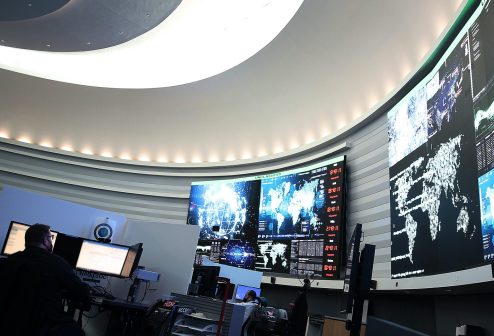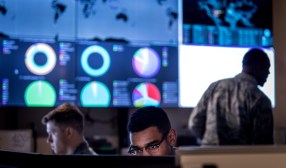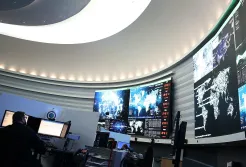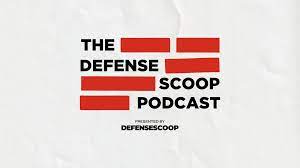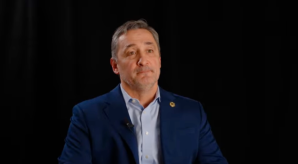Members of Congress vow not to split Cyber Command, NSA
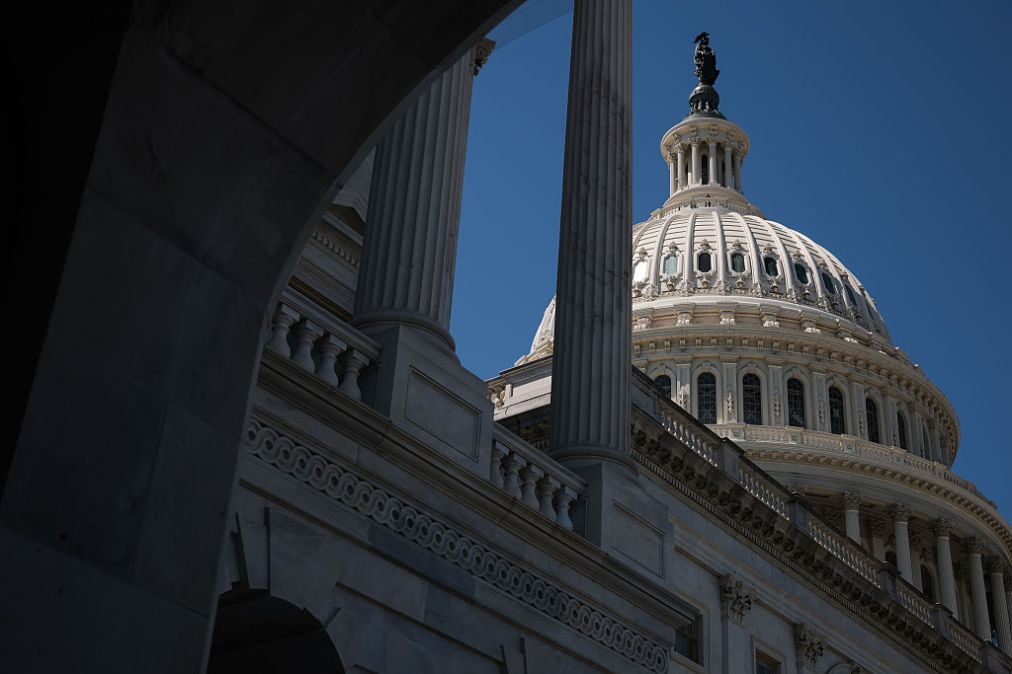
Renewed calls for severing the so-called dual-hat relationship between the National Security Agency and U.S. Cyber Command received cold water on Capitol Hill Friday.
Since Cybercom was created a decade ago, it has been co-located with NSA at Fort Meade, Maryland, and shared a leader. At the time, this made sense to help the nascent command grow, relying on the personnel, expertise and infrastructure of the high-tech intelligence agency. The arrangement was initially expected to be temporary.
Severing the dual-hat has been one of the most hotly contested issues in cyber policy. Proponents believe the military can benefit from the unique intelligence insights and resources of NSA, leading to faster decision-making and operational outcomes. Opponents argue the roles of NSA director and Cybercom commander are too powerful for one person to hold and relying on the intelligence community’s tools — which are meant to stay undetected — for military activities poses risks to such espionage activity.
At the end of the first Trump administration, officials made a last ditch effort to sever the dual-hat, but it ultimately was not brought to fruition. Press reports prior to Trump’s inauguration for his second term indicated the administration wanted to end the dual-hat relationship.
There “is renewed speculation about the separation of the ‘dual-hat’ relationship between Cybecom and NSA, a construct that proves its value to our national security every minute of every day. This issue has been studied exhaustively but somehow there are still those who believe they know better,” Rep. Don Bacon, R-Neb., chairman of the House Armed Services Subcommittee on Cyber, Innovative Technologies and Information Systems, said in opening remarks during a hearing Friday. “I’ve spoken to my colleagues on this panel and our friends in the Senate, and on a bipartisan and bicameral basis, the Armed Services Committees are strongly opposed to ending the dual-hat relationship. I want to take this opportunity to make very clear to the Department’s leadership that if they believe they have allies on this issue who sit on the Pentagon’s congressional oversight panels, they do not.”
Following the firing of Cybercom commander Gen. Timothy Haugh at the beginning of April, there was a feeling that the dismissal prepped the ground to split the dual-hat by nominating a civilian to lead NSA and a military officer to lead the command.
Bacon’s sentiment was shared by the subcommittee’s ranking member, Rep. Ro Khanna, D-Calif., on Friday.
“Let me reaffirm what you said about keeping our Cyber Command and NSA together. That is a bipartisan position, that is a position that we have discussed many times now, and people on this side of the aisle support you in that. It’s bicameral, it’s bipartisan. And you know, I just want to make that clear, because it keeps coming up and … because the support in the Congress is very strong for keeping the — those two departments together,” Khanna said at the hearing.
The issue was addressed on the Senate side over a month ago as well, with Sen. Mike Rounds, R-S.D., voicing support for the current arrangement.
“In wake of the various persistent cyber threats originating from the People’s Republic of China over the last two years, it is my firm conclusion that the importance of the dual-hat is as important today as it has ever been,” Rounds, chairman of the panel’s Cybersecurity Subcommittee, said during an April 9 hearing.
At that hearing, Lt. Gen. William Hartman, acting commander of Cybercom and director of NSA, told Rounds that the relationship between the two organizations allows the command to see what the adversary is doing.
“From my standpoint and senator, I’ve been sitting on the campus of the National Security Agency and Cybercom for most of the last 15 years. I’ve continued to see this partnership evolve. And our ability to execute increasingly more precise operations is fundamentally because the dual-hat allows me, in my current capacity, to move with the speed and agility and unity of effort that is required,” he said. “But it also forces leaders across the organization to collaborate, to do the hard work and to provide the best options for the national security of the country. That’s what I believe is the importance of the dual-hat, and that is really where I believe we’ve evolved.”
Concerned with the prospect of a premature split, in which Cybercom would not be ready to stand on its own, Congress has previously issued a prohibition on a breakup in leadership until certain metrics are met. They include, among others, that each organization have robust command-and-control systems for planning, deconflicting and executing military cyber operations and national intelligence operations — as well as ensuring tools and weapons used in cyber ops are sufficient for achieving required effects and that Cyber Command can acquire or develop these tools, weapons and accesses.
Gen. Dan Caine, chairman of the Joint Chiefs of Staff, told lawmakers at his confirmation hearing for the role in April that he believes the dual-hat should be maintained, agreeing with the findings of a 2022 study that found the role should be strengthened as well.
“The Dual-Hat arrangement provides the ability to look across both organizations and has empowered both USCYBERCOM and NSA to fulfill their missions better than each could do alone. It promotes agility and enables intelligence to be operationalized rapidly,” he wrote in response to advance policy questions from senators. “It also facilitates relationships with key foreign allies and partners in part because the corresponding foreign organizations with signals intelligence (SIGINT) and cyber operations missions are fully integrated, operating under a Dual-Hat leadership structure. The span of control, does however, place a burden on one leader.”
Ahead of his own confirmation hearing in January, Secretary of Defense Pete Hegseth wrote to senators that he would “bring these debates to conclusion, consult with Congress, and make final recommendation for the way ahead.”
